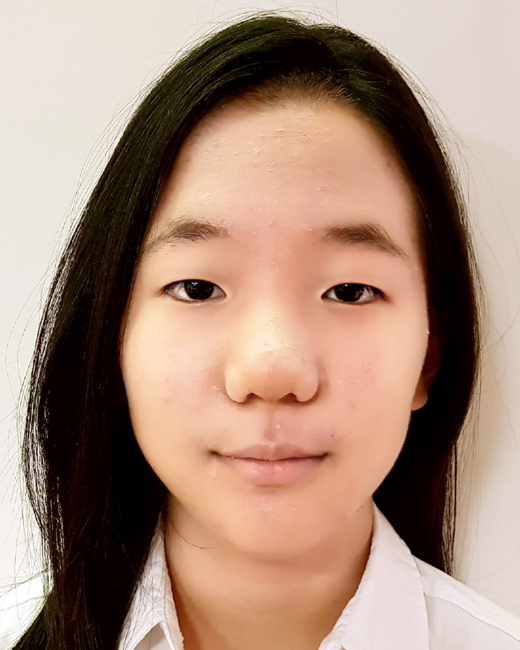Thus, from a sneaky peek at the last page of a book to a bank robbery, it is widely accepted that although we are constantly tempted by such impulses throughout our lives, our body is much more susceptible to them during our adolescent years.

According to Dr. Jihyun Moon, a psychiatrist at Miso Clinic in Mapo-gu, Dohwa-dong, Seoul, and the author of several bestselling books on psychology, the teenage years are when our brain begins “pruning its neurological branches”. “The impulses are the branches that we didn’t know existed before suddenly protruding outwards once the most used parts of your brain cuts away any connections it judges unnecessary and superfluous,” she explained. In essence, it works exactly the same as when you live in the dark and you begin relying heavily and “using” your sense of touch, smell, and hearing, they begin to improve dramatically, revealing different capabilities that were formerly hidden while your vision deteriorates. However, she added, they are also triggered by the hormones our body exclusively secretes during adolescence, the same kind that propels teens into disobedience, physical maturity, and all other signs that mark children’s transition into adulthood and therefore causes emotional changes-impulses being one of them.

This sudden deluge of emotion has swept several youths down a path they never would have set foot in otherwise, while others have successfully stifled them with the aid of consistent, deep breaths. This response to the same impulse is invariably different for every individual; a phenomenon often attributed to inherent difference of the structure of the frontal lobe- the part responsible for suppression of such impulses. Notwithstanding, although the innate variations are a contributing factor, Dr. Moon suggests that a significant portion of it is, rather, developed throughout time- the rift between two different individual responses to impulses are at first a barely visible crack between two infants’ mind, and are wedged further apart, or conversely pushed together, as time progresses. “Think of the frontal lobe as a muscle” said Dr. Moon. "The more you use it, more natural, flexible, and powerful it gets”- Thus indicating that the ability to rationalize in times of emotional torrent and make corresponding decisions -more commonly known and referred to as self-control- can be acquired, and even enhanced through continual exercise of the frontal lobe.
Upon exercising self-control during times of outbursts and sudden impulses, she emphasized giving the lobe the time to rationalize and think for itself. “Time is the key to passing the marshmallow test,” she claimed. “Whether it is taking deep breaths, turning to food, or repeatedly uttering a phrase to oneself-it is all giving the brain the time to think, look at the big picture, weigh the two options, and ultimately make the right decision.”

Soo Yeon Chun
Grade 8
Chadwick International

